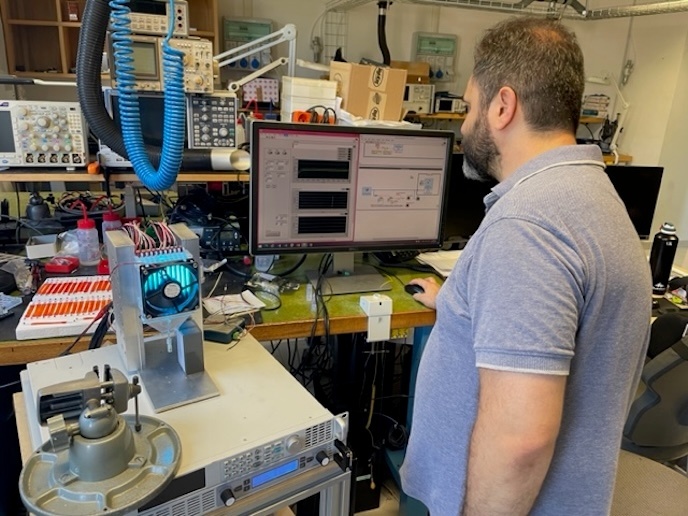Cardiovascular diagnostic test could help long COVID patients
At the beginning of the COVID-19 pandemic, it was not known that many patients who recovered from the initial infection would develop long-term problems, including cardiovascular and neurological problems in some cases. “We used our prior expertise in RNAs in cardiovascular disease to try to better understand why some patients develop cardiovascular problems after COVID,” explains COVIRNA(opens in new window) project coordinator Yvan Devaux, head of the Cardiovascular Research Unit(opens in new window) at the Department of Precision Health of the Luxembourg Institute of Health.
Emergency call
When the European Commission issued an emergency call for fast-track projects on COVID-19 in March 2020, during the early months of the pandemic, “we developed the COVIRNA project to build a molecular diagnostic test able to identify patients who are going to develop cardiovascular problems,” he says. “We were not experts in COVID at that time, but we had expertise in RNAs and cardiology which could be applied to design novel methods to predict the severity of COVID-19 disease.” Many partners in the COVIRNA consortium of 15 institutions in 12 European countries had already worked together under the www.cardiorna.eu (EU-CardioRNA) COST Action network funded by the EU’s www.cost.eu (Cooperation in Science and Technology) programme. “We found that when we measure RNA molecules in the blood, we can predict whether the patient will develop severe problems or will die in the long run,” Devaux adds.
Candidate RNA molecules to predict COVID-19 severity
“We started with a group of 3 000 RNAs previously identified by consortium partners and related to cardiovascular problems. We had access to blood samples of existing cohorts of COVID-19 patients – around 2 000 COVID-19 patients and 500 donors without COVID-19.” At the height of the pandemic, the main challenge was time. “It was an emergency situation and securing permission to use the samples from COVID-19 patients used in other research initiatives took some time and delayed the entire project,” Devaux notes. Nonetheless, together with demographic and clinical data of the patients, the project identified RNA molecules with a strong ability to predict disease severity and mortality. These were used to build AI-driven predictive models, with the aim of integrating these into a diagnostic test – the main goal of the project. “We found one marker, an RNA molecule, which, combined with some clinical data such as the patients’ age or sex, can predict whether a patient is going to die within six months due to infection with an accuracy of around 80 %. From a clinical point of view, this is valuable,” Devaux says.
Importance for ‘long COVID’
While the pandemic is now over, Devaux points out: “Emergency units are still flooded with patients with different types of long COVID symptoms. At least one fifth of these patients have cardiovascular problems.” Feedback from patients on the COVIRNA project convinced Devaux that long COVID is actually a new and very problematic disease. “It’s a severe handicap, because patients may develop different symptoms, not only fatigue, but also vascular or neurological symptoms, anxiety, psychotic symptoms, gastric symptoms and all sorts.” This makes the work carried out during the pandemic and the COVIRNA project valuable for long COVID. “We are still in the process of doing some validations before developing a molecular diagnostic kit,” Devaux concludes. “We hope that our new test will help in personalising healthcare and improving outcomes of COVID-19, particularly in patients developing long-COVID syndrome.”







